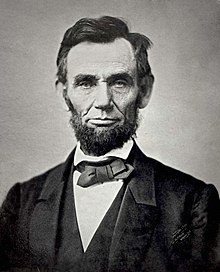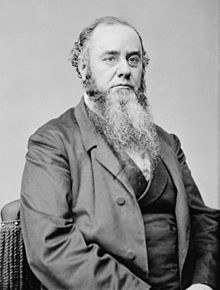
Some time ago one Christmas, I can remember my Grandfather telling us what Christmas was like for him as a kid in Western Germany just after the Second World War. Amid the antidotes, I remember him saying that everything got better after 1949. Of course in Europe that would be the case. Policies like the Marshall Plan allowed for Europe to rebuild from the ravaging war that had taken lives and homes across the continent, it's safe to say that after 1949 things really did start to get better.
Thinking about that makes me remember that bad stuff isn't going to to last for a long time. There has to be a point where it turns around. The Bible tells the story of the prophet Hosea, who was commanded by God to marry a prostitute named Gomer. Hosea saw his life as an example of God's relationship with Israel. Just as Gomer was disloyal to Hosea and sleeping with other men, Israel was rebellious to God. Despite this poor relationship, both God and Hosea were forgiving, each leading the other from a valley of trouble to a door of hope.
Things will turn around... at least that's what I keep telling myself. Does that work all the time? Nope. But it helps a lot sometimes, sometimes a little. If your in a valley of trouble, don't worry. There should be a door of hope some where ahead.

Bibliography:
http://acciolacquer.com/notd/lucky-13-lacquer-softening-the-bad-things/
http://www.theseedofhope.com/post.cfm/when-god-opens-a-door



